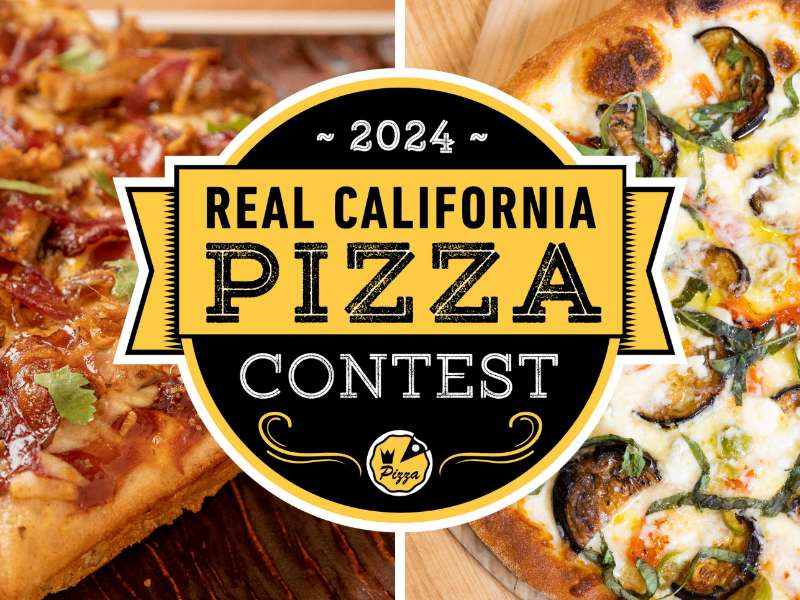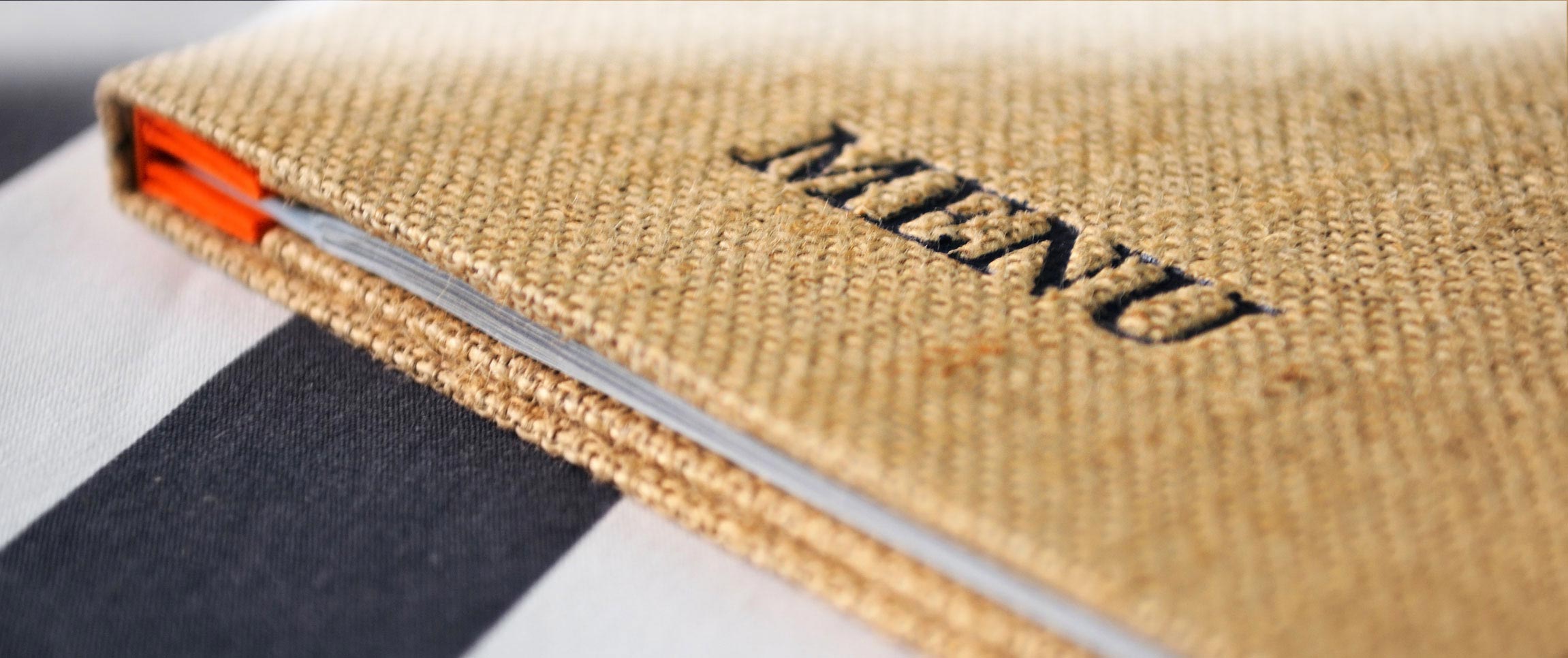We’ve covered food costing and when to take the plunge into redesigning your menu, but now comes the fun part: writing the menu for your restaurant.
It's kind of like picking out names for a baby. You can play around with terms and pair different foods together to see what looks good together. However, a menu, just like a new baby, can be rather complicated and hard to understand at times. A restaurant menu design is a reflection of the restaurant itself, and menu descriptions, layouts, and colors - whether formal, casual or playful - should match your restaurant concept, location or theme.
You Have The Menu and the Pricing—What Next?
Now that you have created an exciting restaurant menu, you need to create the perfect menu design. This sounds easy enough, but an effective menu design is more than just printing out a list of items from Microsoft Word. Colors, fonts, imagery, and borders are all important elements of an effective menu design.
Menu Colors and Font
Your menu font and color scheme should reflect your restaurant theme. For example, if you are opening a Tex-mex themed restaurant, vibrant colors such as red, turquoise, purple, and green would be good choices for a menu. These same colors might look out of place on the menu of a French or Italian Bistro restaurant. A French bistro may have a classic script font or simple plain font, while a sports bar or other casual restaurant might have a less formal or playful font. Beware of choosing a font that is hard to read or too small.
Menu Sections
Look at a menu from almost any restaurant and you will see that it is arranged sequentially: appetizers, soups & salad, main entrees, and desserts. It is important to have sections clearly identified, by bold headings, boxes or borders. Highlighting special dishes, such as a chef’s special, with a star or other design element is one way to draw a customer’s attention to popular or more profitable dishes.
Depending on your restaurant’s menu size, one or two columns make for an attractive layout. Adding more columns runs the risk of looking like a newspaper. Daily specials can be easily changed with a clear menu insert. Avoid adding too many pictures or busy backgrounds, this can make the menu hard to read. If you do choose to use photography, it is always best to include pictures of your actual food whenever possible rather than purchasing stock photography. A picture can sell a dish to a customer and then immediately disappoint them if it doesn’t look the same as what they actually saw on the menu. Also avoid common clip art, which takes away from the professional look of your menu design.
Menu Descriptions
A menu description should make a guest’s mouth water. Don’t be afraid to explain what is in a dish or use ethnic names if appropriate to add a bit of authentic flair to the menu description. For example, Chicken Margarita sounds better than Chicken topped with spicy tomatoes. You can explain what is in the dish (spicy tomatoes) in the description itself. The name of each dish on your menu should also be easily distinguishable from its description. This gives a repeat customer the option to quickly scan your menu for that oh-so-special dish from their last visit without having to read through everything all over again. This can be accomplished by simply styling the dish name and dish description differently.
Incorporating geography or local history into a menu item name is also a way to make your restaurant menu unique. For example, Maine Lobster Roll sounds inviting, whether you’re eating it in Maine or somewhere else, as does Texas Barbequed Beef Ribs and Georgia Bourbon Peach Pie. Avoid making descriptions too long. A sentence or two is fine. You want to intrigue the customer. If they have more questions, their server should be able to give further information about a dish or recommend the house specialty.
Don’t Forget The Web
You have taken the time to create and price your menu just right–don’t waste another minute, publicize it online! These days more and more diners are pre-screening potential eateries by searching for a restaurant’s website or Facebook page. Menus can easily be saved out as a PDF—keeping that gorgeous design intact—and posted all over the web. Don’t miss out on an opportunity for your menu to pull a customer in through the door.



